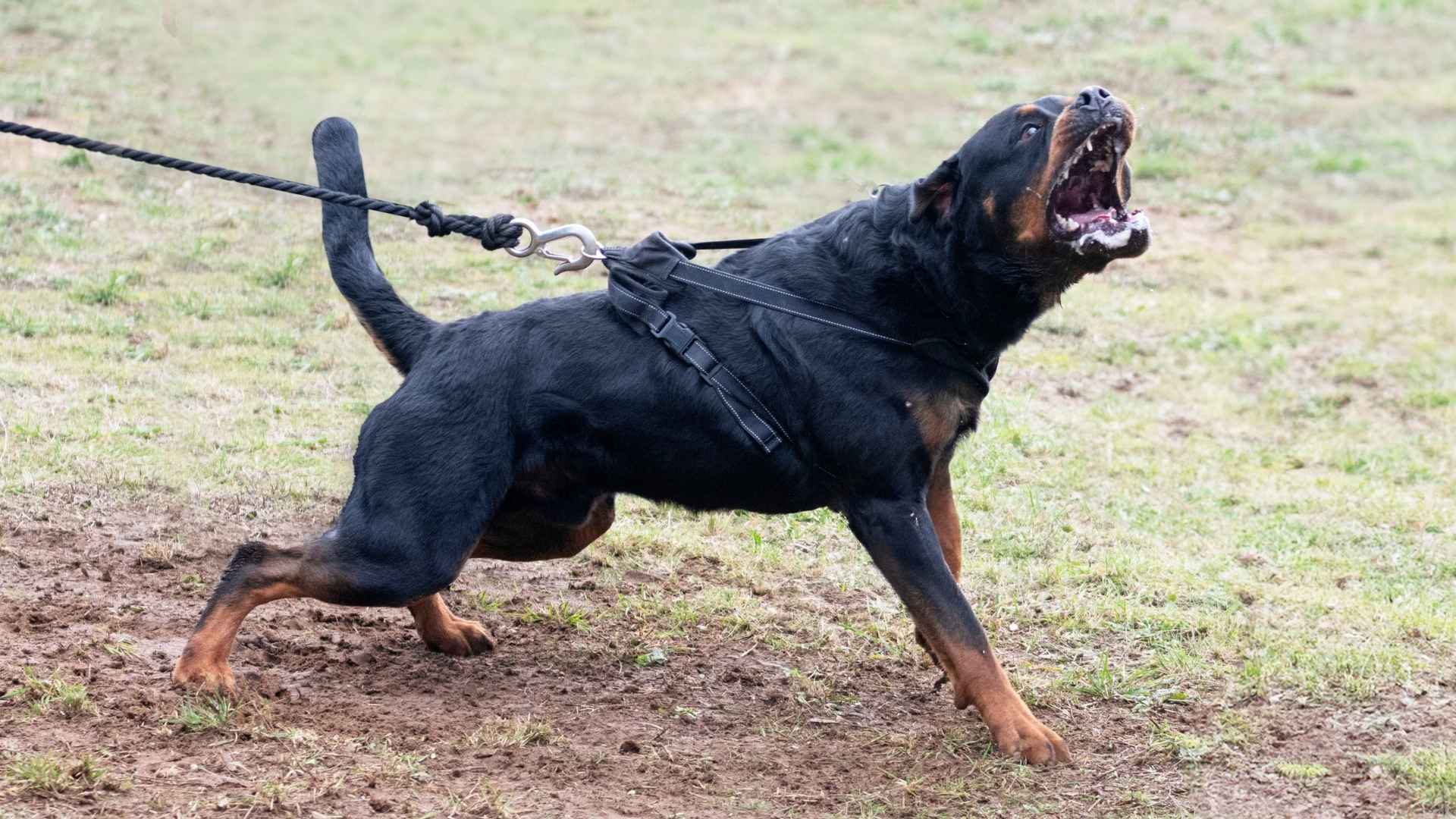Dog aggression is one of the most misunderstood topics in canine behavior. While dogs have long been known as loyal companions, some breeds carry reputations for being more assertive, territorial, or reactive than others. These traits, while often rooted in working or guarding instincts, can be misinterpreted as anger or hostility.
Breed-specific aggression is not a matter of bad temperament; it’s often the result of genetics, lack of training, poor socialization, or the environment in which a dog is raised. Breeds originally developed for protection, hunting, or independent work may be more prone to displaying aggressive behaviors under certain conditions.
In this guide, we’ll explore nine dog breeds frequently cited as aggressive, not to stigmatize them, but to help owners understand their unique traits and training needs. With responsible ownership, most dogs, even those with strong guarding or dominant tendencies, can become well-adjusted, affectionate companions.
Let’s examine what makes certain breeds more prone to aggression and which breeds require careful handling, early socialization, and experienced leadership.
Angry Dog Breeds
1. Chihuahua
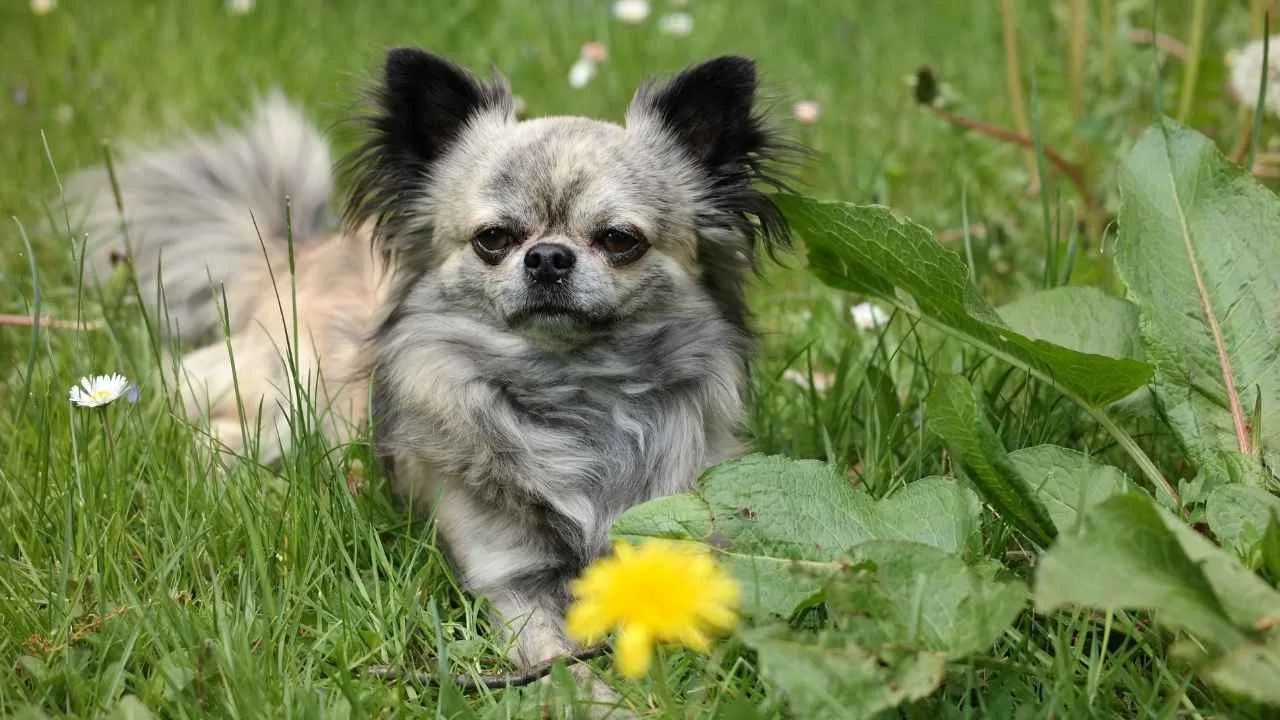
Chihuahuas are the smallest recognized dog breed, typically weighing under 6 pounds. Despite their size, they possess a bold, assertive personality that often surprises unfamiliar handlers. According to AKC, their confidence can make them both endearing and challenging.
This breed forms intense bonds with its primary caregiver, sometimes becoming possessive. They are known to be wary of strangers and other animals, especially when poorly socialized. Their vocal nature adds to their reputation as protective lap dogs.
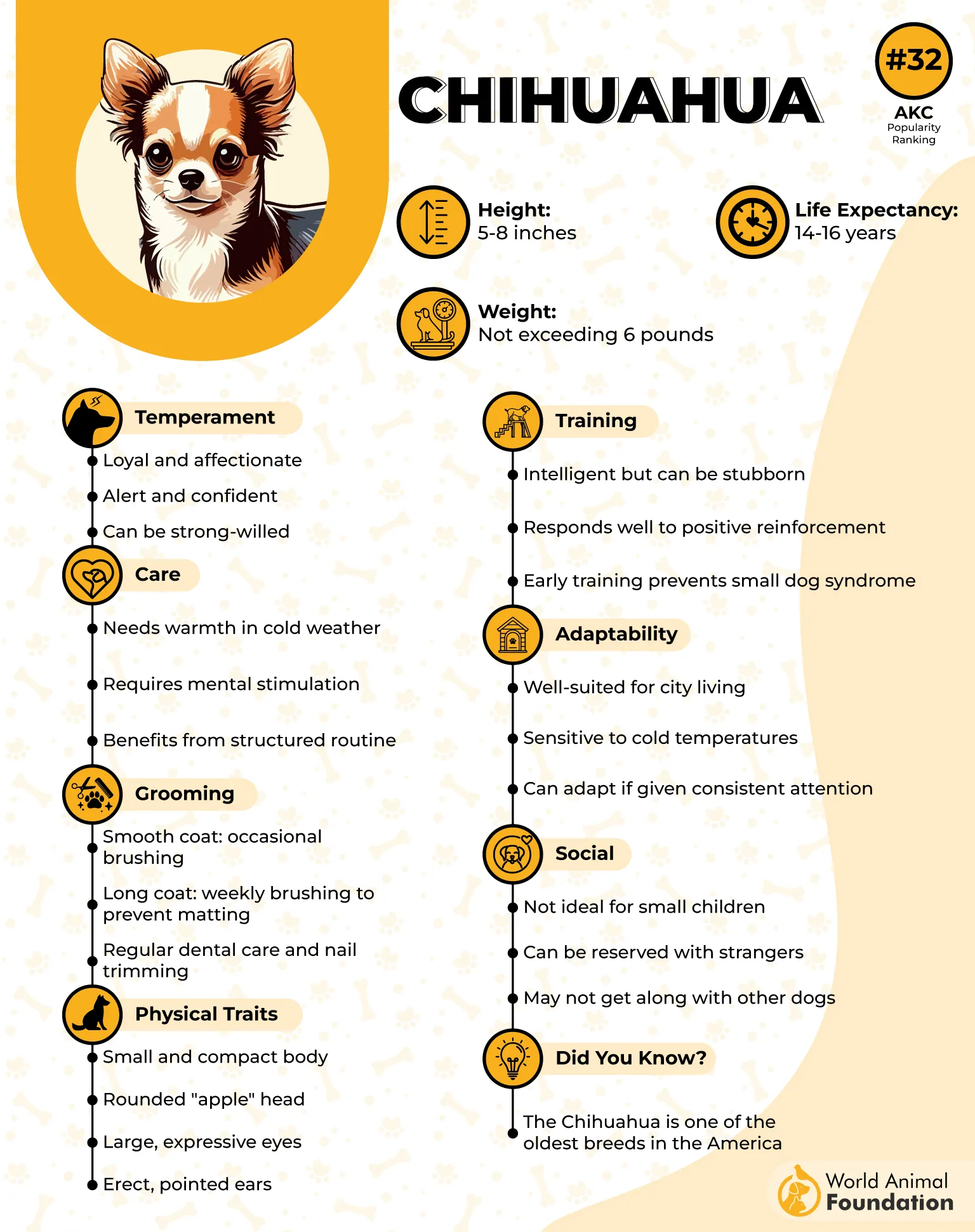
Chihuahuas may show defensive aggression, particularly when startled or cornered. Due to their small stature, they’re more likely to react quickly if they feel threatened. They are not generally recommended for homes with very young children.
Training requires patience and consistency. Positive reinforcement works best, but owners must be mindful not to encourage territorial behavior. Early socialization helps reduce fear-based reactivity.
Quick Tips
Socialize early to reduce fear-driven snapping
Avoid rough play that may trigger defensive biting
Monitor interactions with larger dogs closely
2. Rottweiler
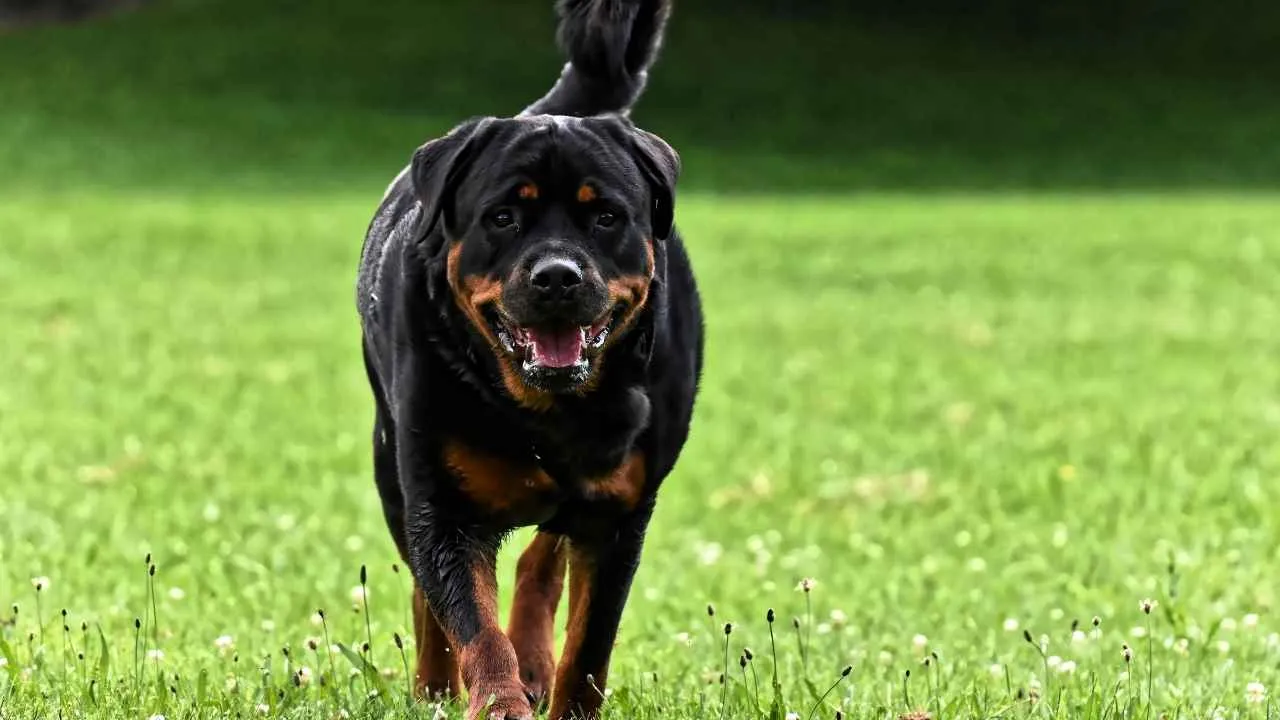
Rottweilers are powerful working dogs with origins in Roman cattle driving. Bred for strength and endurance, they require experienced handling. This breed is naturally protective and can display territorial behavior without structured training.
They are calm and stable when raised in a disciplined environment. Their size and muscular build enhance their presence, which can deter intruders even without direct aggression. Rottweilers are known to be loyal to family and typically aloof toward outsiders.
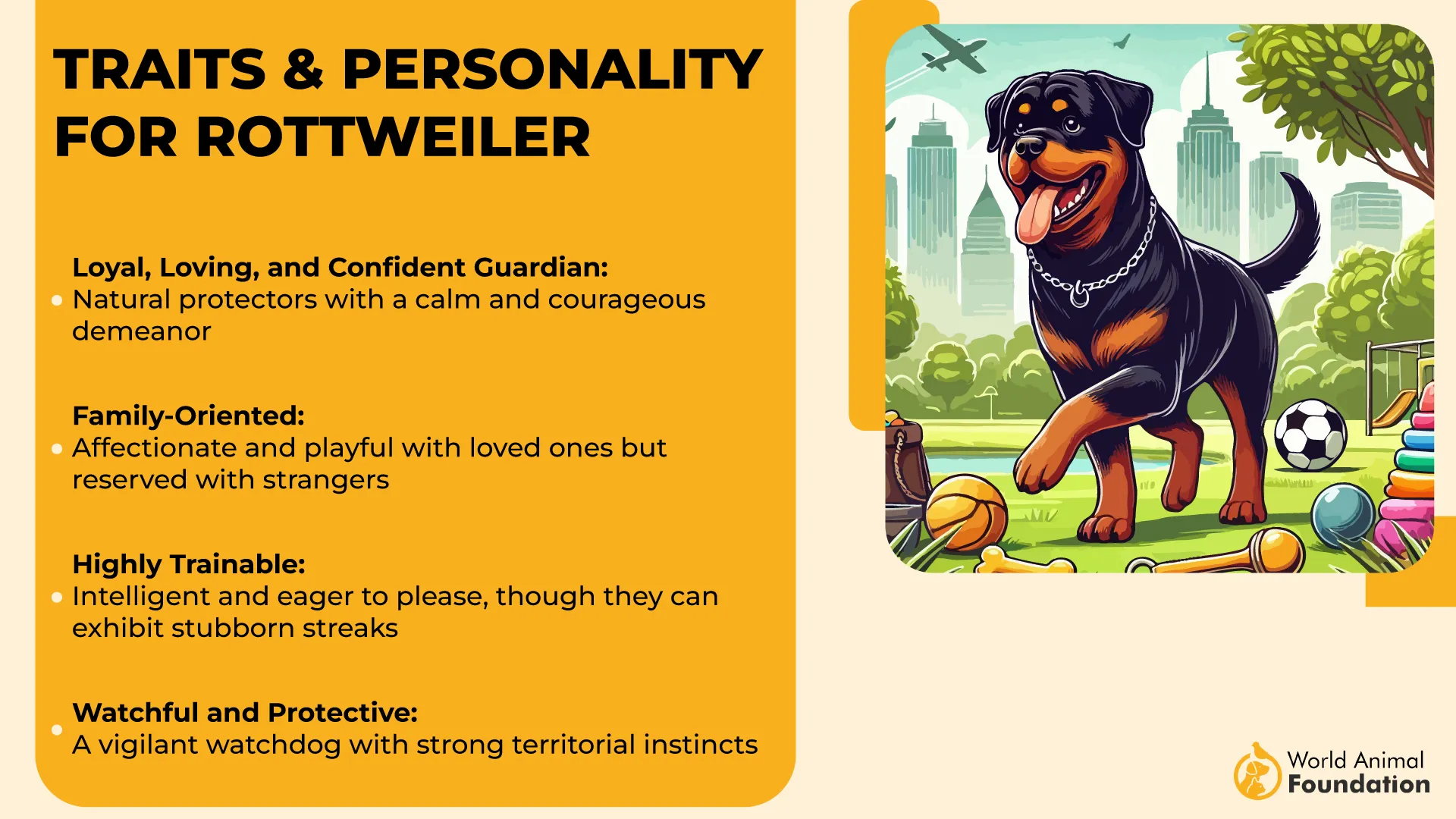
Aggression is usually situational and triggered by poor socialization, fear, or mishandling. This breed must be mentally and physically stimulated to prevent behavioral issues. Improper training or neglect can amplify guarding tendencies in problematic ways.
Rottweilers respond well to confident leadership and clear boundaries. They are quick learners, especially when trained from a young age using reward-based methods. Delayed training can lead to stubbornness or assertive behavior.
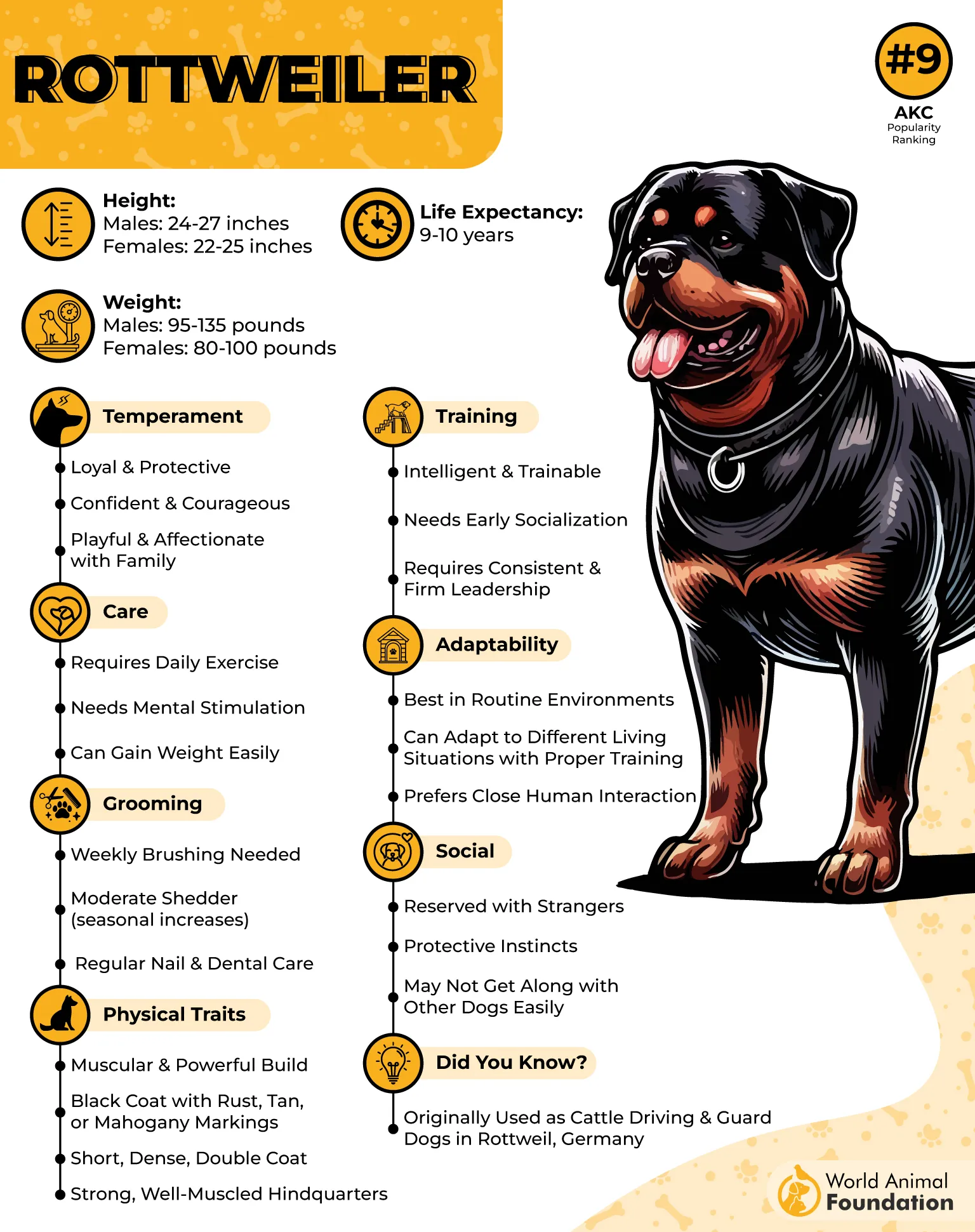
Quick Tips
Begin obedience training in puppyhood
Exposure to various people and settings early
Avoid dominance-based training tactics
3. Presa Canario
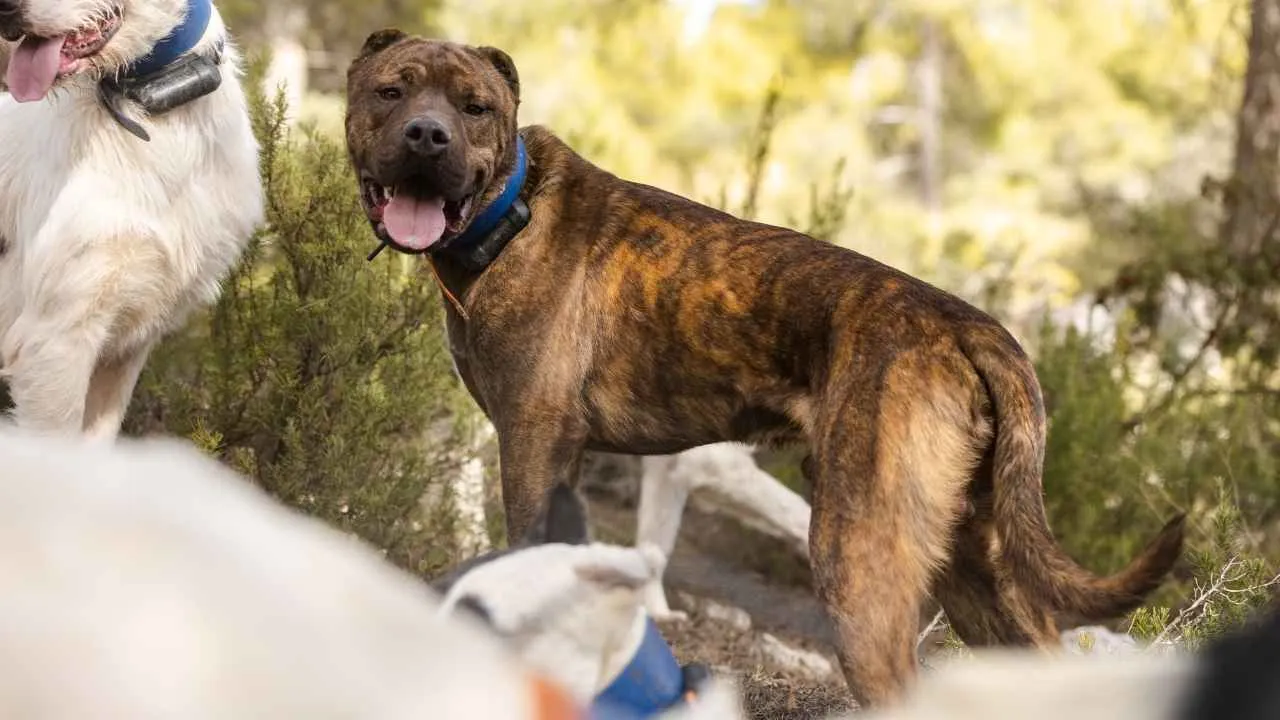
The Presa Canario is a mastiff-type breed originally developed in the Canary Islands for guarding and herding livestock. With a strong bite force and high protective instincts, they are often listed among the most intense guardian breeds. AKC warns that inexperienced owners should not attempt to manage this breed.
These dogs are naturally territorial and highly distrustful of unfamiliar people or animals. Their size and strength make them effective protectors, but also require strict control. Without clear, consistent training, they can quickly become unmanageable.
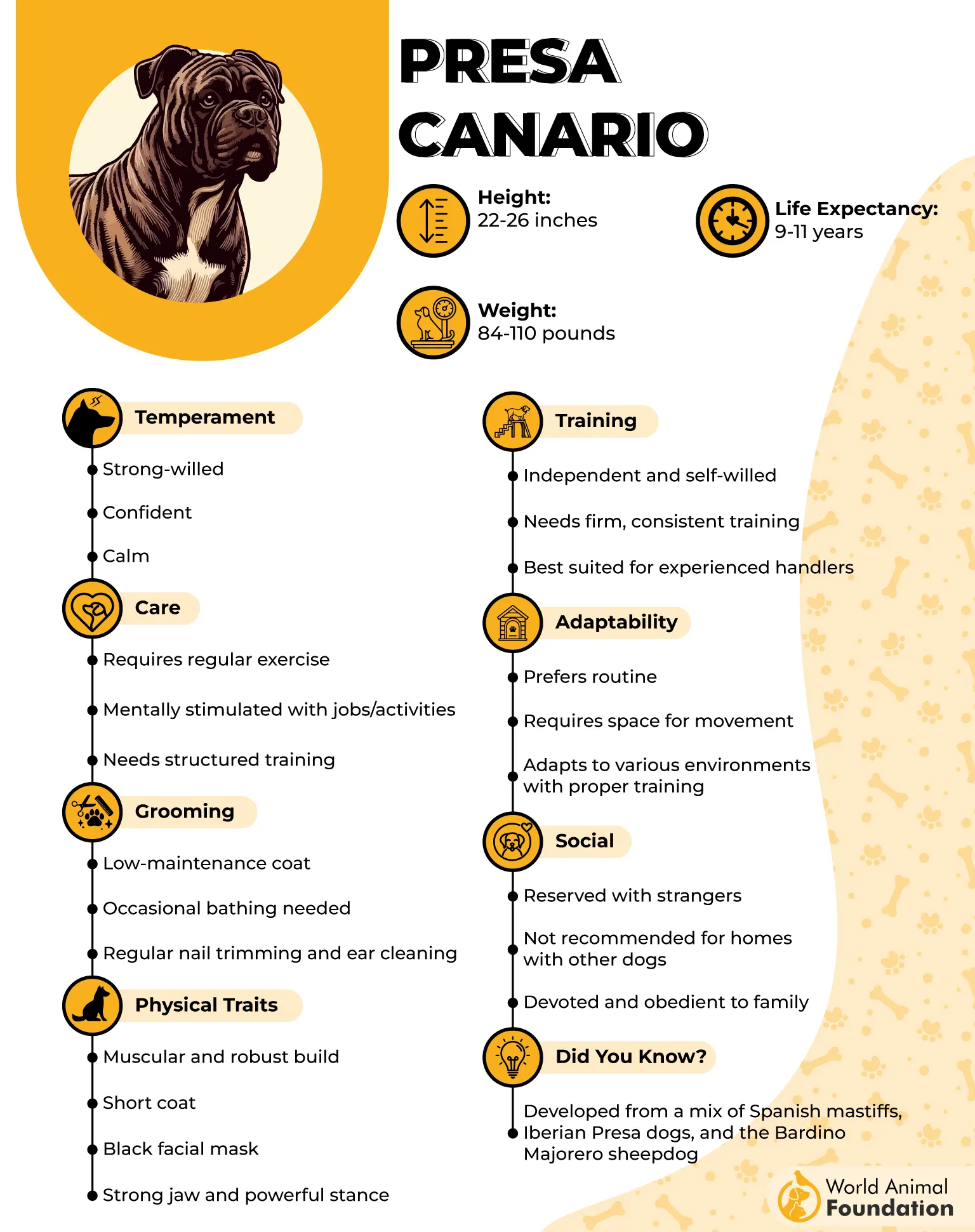
Presa Canarios are not inherently aggressive but have a strong reaction to perceived threats. Any sign of weakness or inconsistency from an owner may lead the dog to assume control. They are not suited to apartment living or off-leash public environments.
Proper handling includes professional training, structured routines, and clear expectations. These dogs thrive under firm guidance but are not forgiving of poor socialization or rough punishment.
Quick Tips
Never skip early obedience and boundary setting
Only suitable for highly experienced dog owners
Avoid crowded or chaotic environments
4. Chow Chow
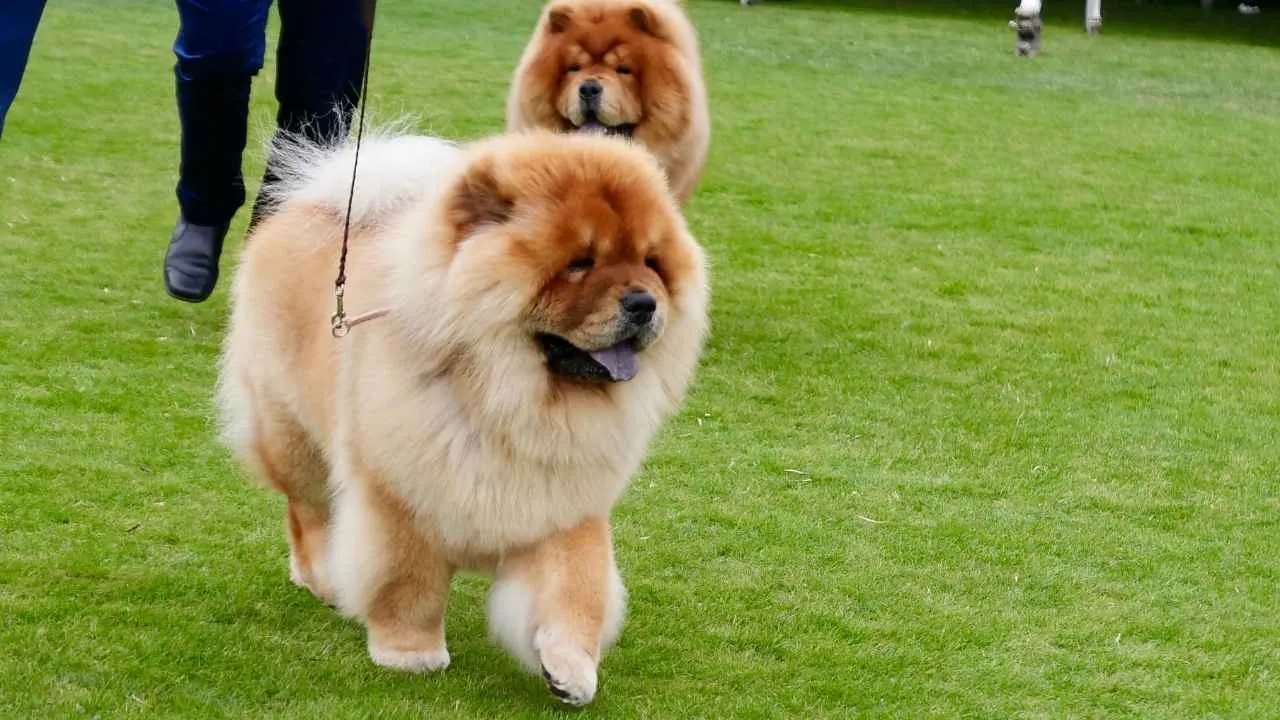
Chow Chows are a compact, powerful breed known for their lion-like mane and aloof demeanor. Originally bred for guarding temples and pulling carts in China, they retain strong territorial instincts today. According to VCA Hospitals, they are best suited to experienced, assertive owners.
This breed tends to be distant with strangers and sometimes with family. Their independence can be mistaken for stubbornness, but it’s rooted in their instinct to assess situations carefully. They are highly protective of their space and dislike unsolicited contact.
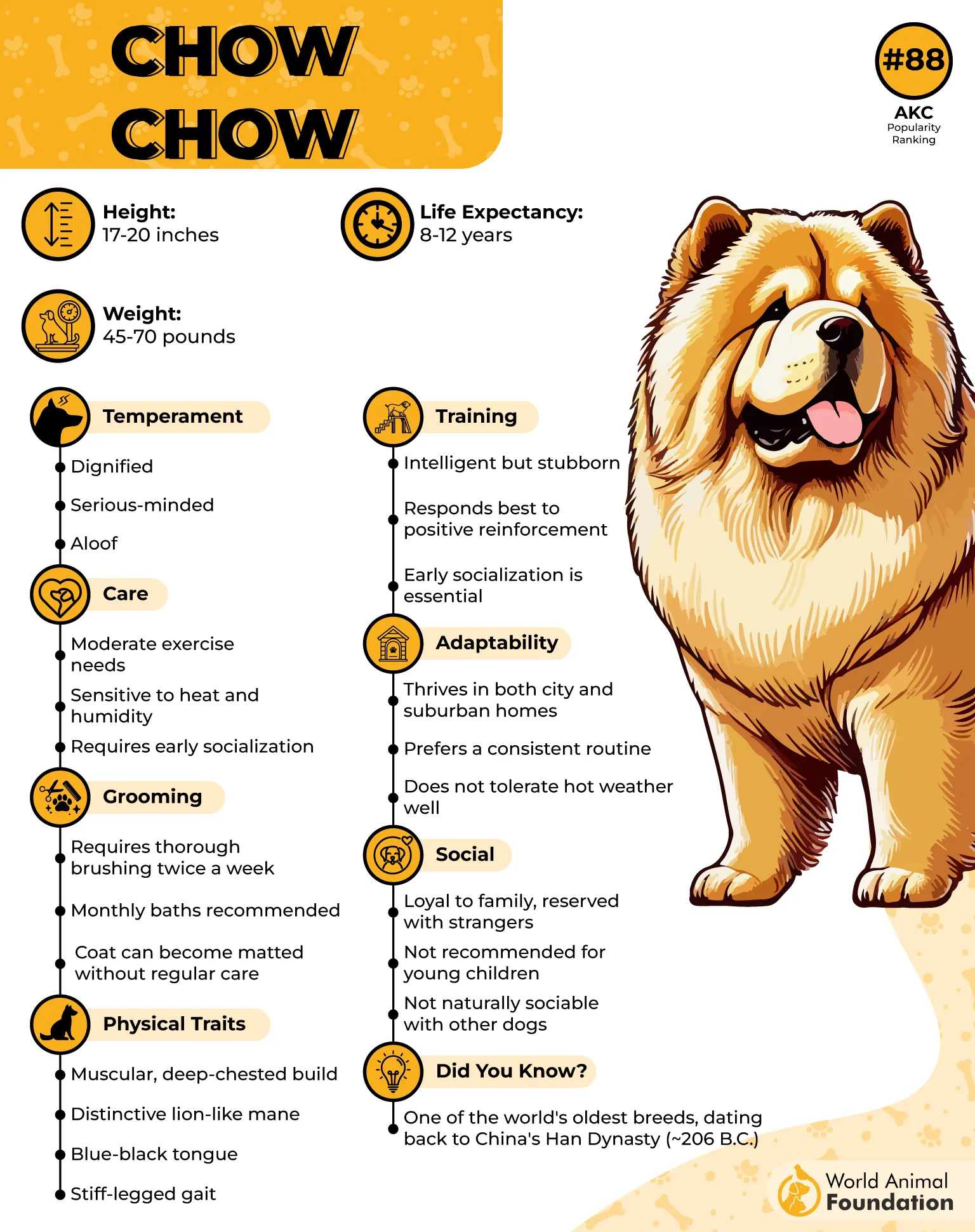
Chows are reactive rather than aggressive by default, but defensive biting can occur if they feel threatened or confined. Their thick coat and stoic expression can hide early stress signs, which means handlers must be observant.
These dogs are not generally playful or social. They require early and ongoing socialization to coexist peacefully with other pets or guests. Improper handling can lead to reactivity and possessiveness.
Quick Tips
Socialize early and often with different people
Respect their need for space and independence
Use calm, assertive commands during training
5. German Shepherd
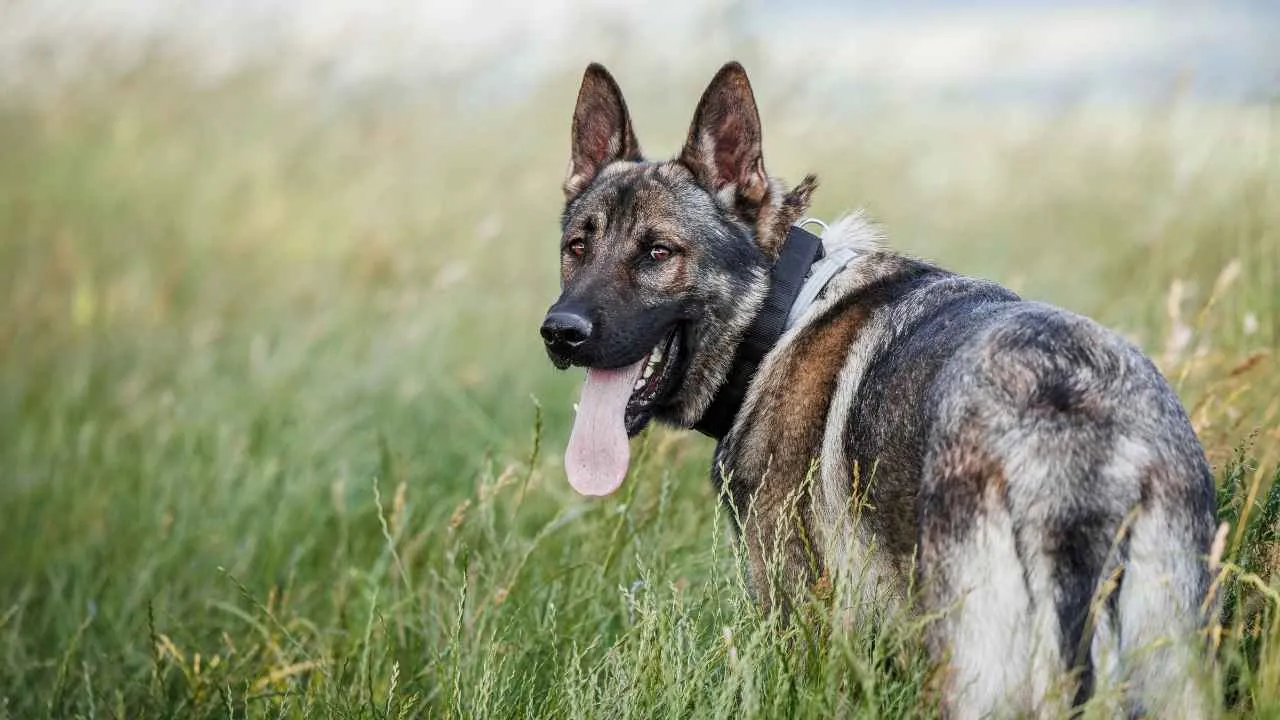
German Shepherds are intelligent, confident, and agile dogs originally bred in Germany for herding. Today, they are a top choice for police and military roles due to their versatility and sharp responsiveness. According to PetMD, they rank among the most trainable breeds.
This breed is naturally protective and forms deep bonds with family members. Their loyalty can make them wary of strangers, and without proper socialization, this caution may manifest as reactivity. They’re especially alert to changes in their environment.
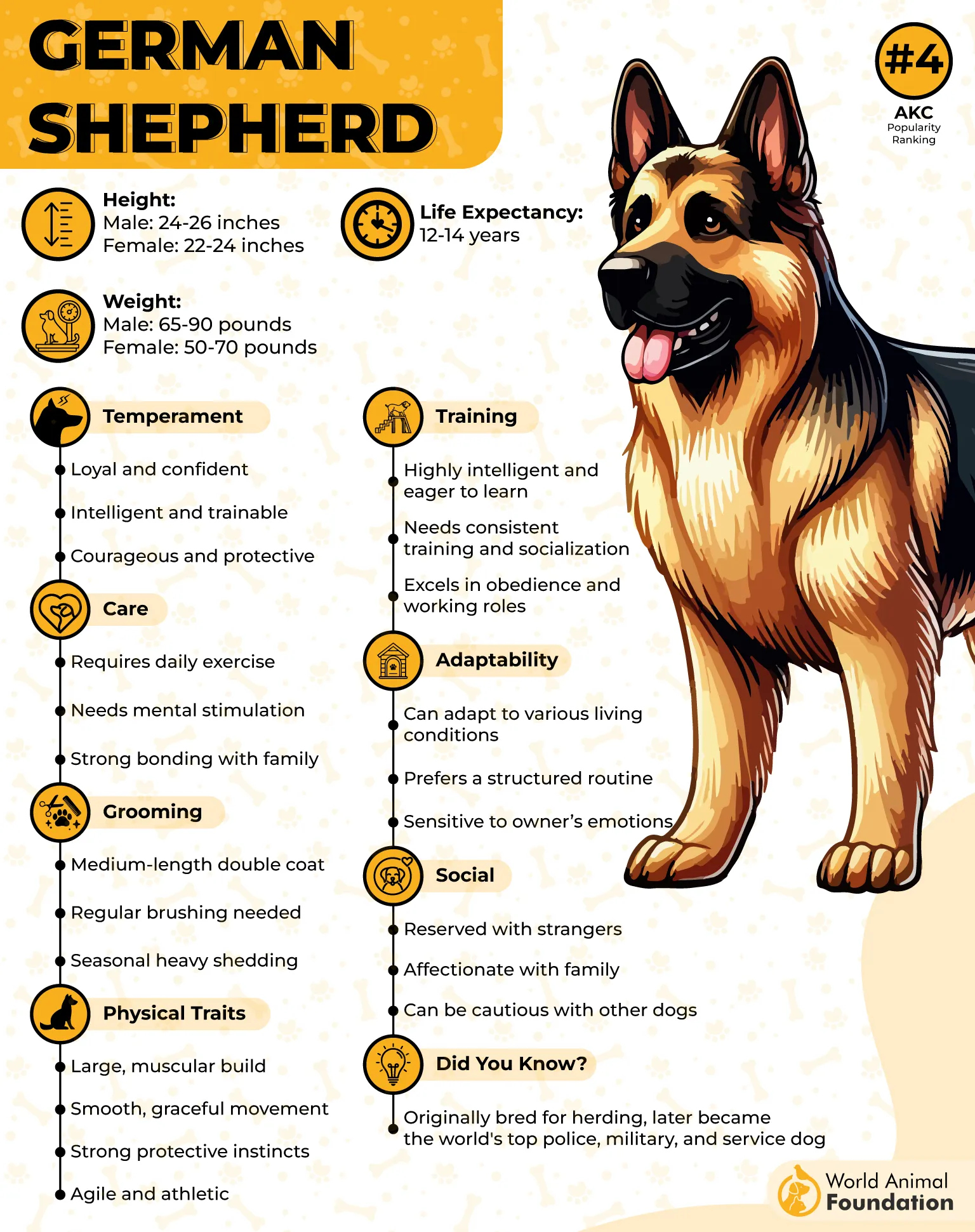
German Shepherds are not typically aggressive unprovoked but may show territorial or protective behavior. Lack of structure or stimulation often results in restlessness or behavioral problems. They need a job or task to remain balanced.
Mental challenges, obedience training, and consistent leadership are essential. Harsh corrections may erode trust; instead, they respond best to firm yet positive reinforcement.
Quick Tips
Daily physical and mental stimulation is non-negotiable
Introduce new people and dogs early
Maintain structure with obedience routines
6. Siberian Husky
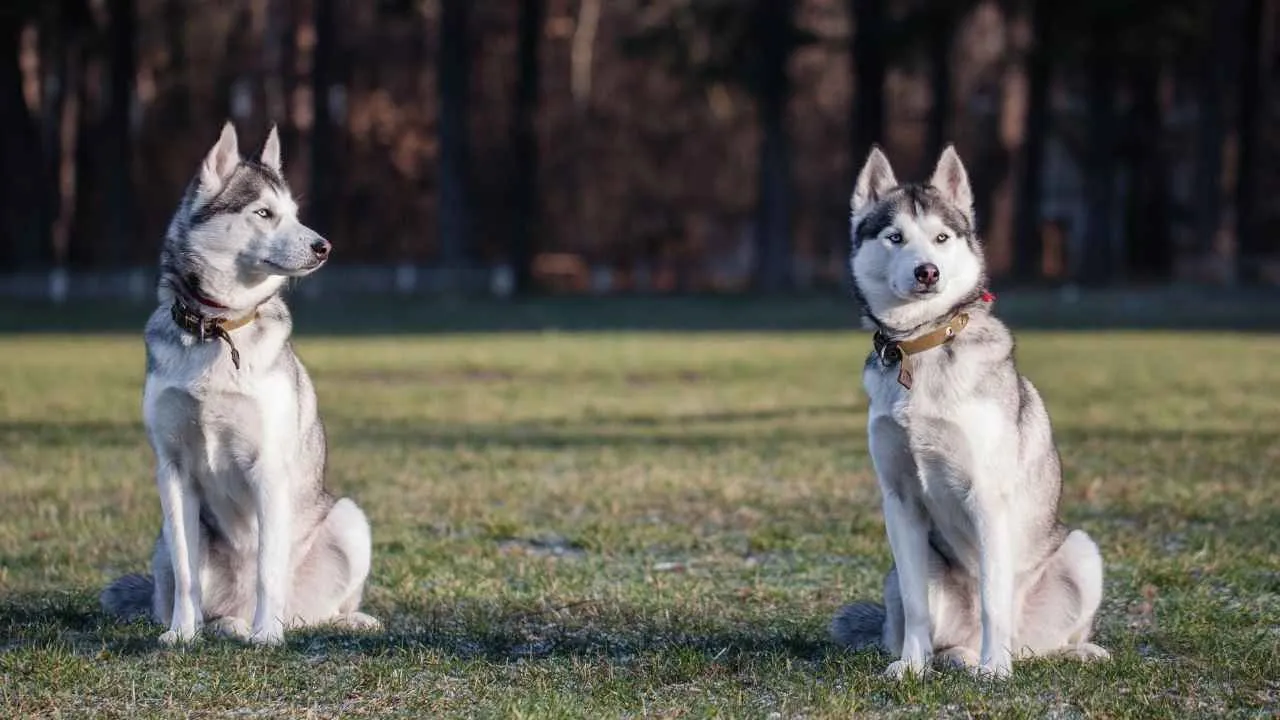
Siberian Huskies are high-energy, pack-oriented dogs bred for endurance sled work. They are intelligent but notoriously independent, often choosing when and how to obey.
These dogs are not inherently aggressive, but their assertiveness and high stimulation needs can create tension in the wrong environment. Poor recall and escape-prone tendencies are common without proper containment or training.
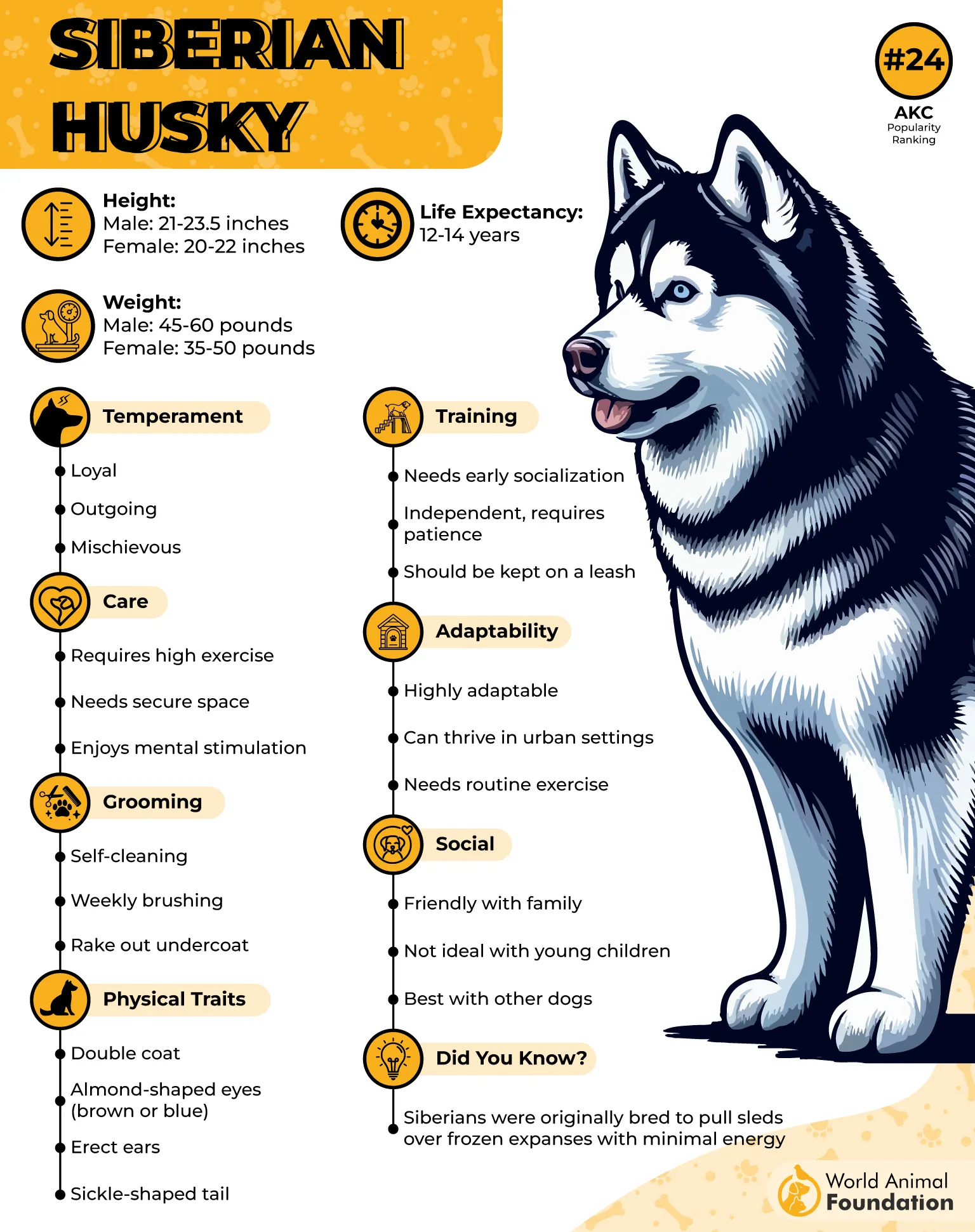
Huskies are social and typically friendly with people and other dogs. However, they can become destructive or vocal if under-exercised or left alone. Their intensity is often misunderstood as disobedience or dominance.
Obedience requires persistence and creativity. Huskies need an experienced handler who understands how to motivate without conflict or force.
Quick Tips
Secure fencing is essential—they are escape artists
Use mental games and endurance exercise to drain energy
Avoid off-leash time unless fully trained
7. Dachshund
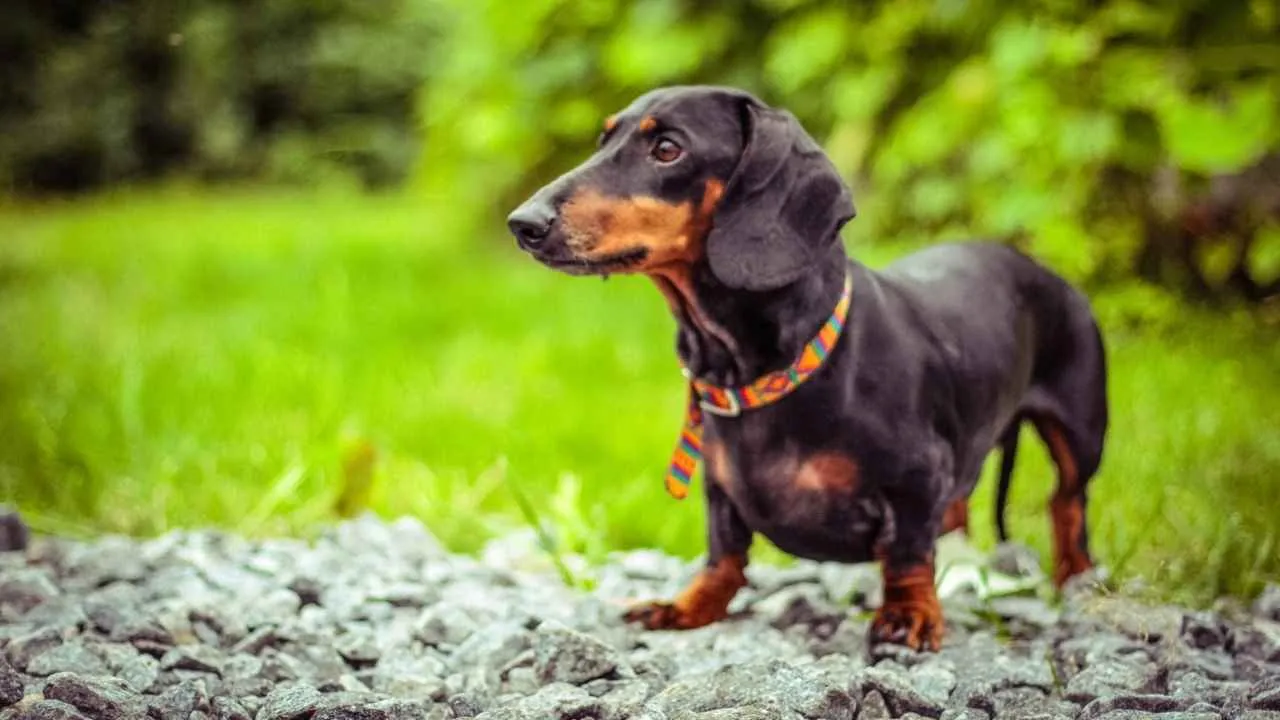
Dachshunds were bred in Germany to hunt badgers, and their bold nature remains evident today. Despite their small size, they are fearless, vocal, and highly alert. They’re known to challenge animals much larger than themselves.
This breed is naturally territorial and tends to bark at any perceived threat. They’re deeply loyal to their families but may react sharply to strangers or fast movement. Poor socialization increases the likelihood of fear-based nipping.
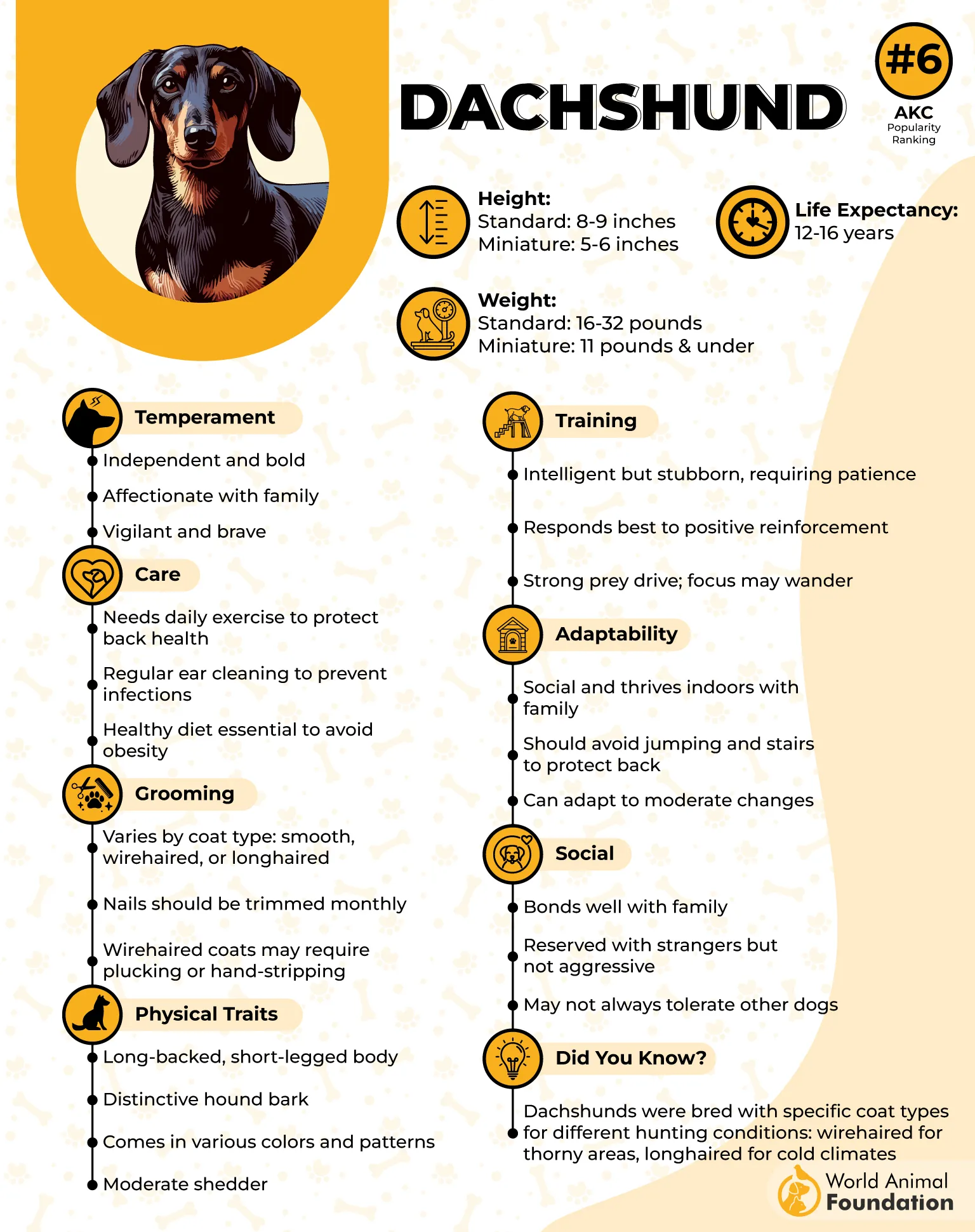
Dachshunds can be defensive when handled roughly or caught off guard. Their long backs also make them sensitive to improper lifting, which may result in reactive biting.
Training takes patience and should focus on positive reinforcement. These dogs benefit from early boundaries, gentle handling, and firm routines.
Quick Tips
Avoid unsupervised interactions with small children
Socialize early to reduce territorial behavior
Teach “quiet” commands to curb excessive barking
8. Akita
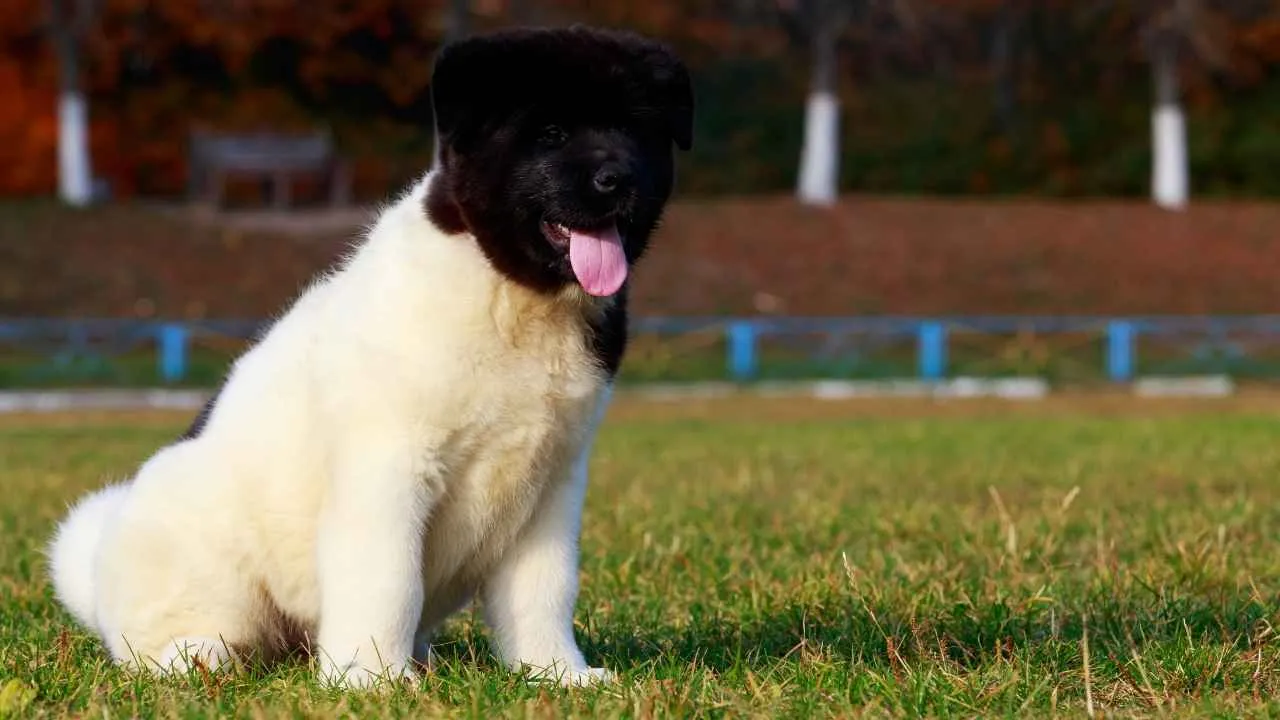
Akitas are large, powerful dogs originally bred in Japan for protection and hunting. They are known for being deeply loyal but naturally aloof and dominant. Orvis describes them as dignified and silent guardians, often reserved with outsiders.
This breed forms strong bonds with a single person or family, sometimes becoming overly possessive. They are prone to same-sex dog aggression and typically do not tolerate unfamiliar animals well.
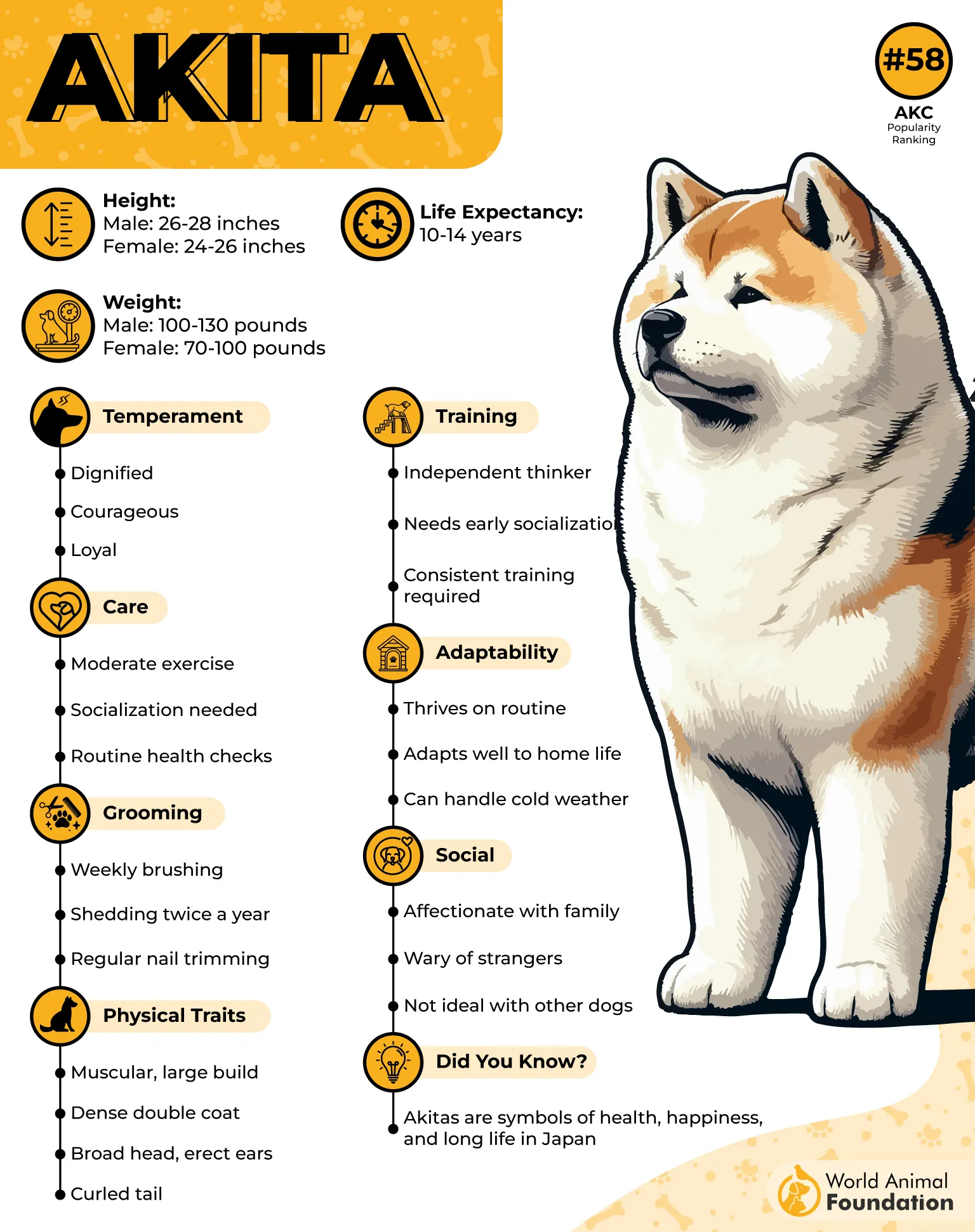
Akitas have a high threshold for stimulation but react decisively when pushed. Their body language is subtle, so early warning signs of discomfort are easy to miss for novice handlers.
Proper training requires consistency, calm authority, and early socialization. They don’t respond well to force but do respect firm leadership. Their stoic nature can hide stress or anxiety.
Quick Tips
Only suitable for confident, experienced owners
Always supervise interactions with other dogs
Prioritize early socialization to manage aloofness
9. Bullmastiff
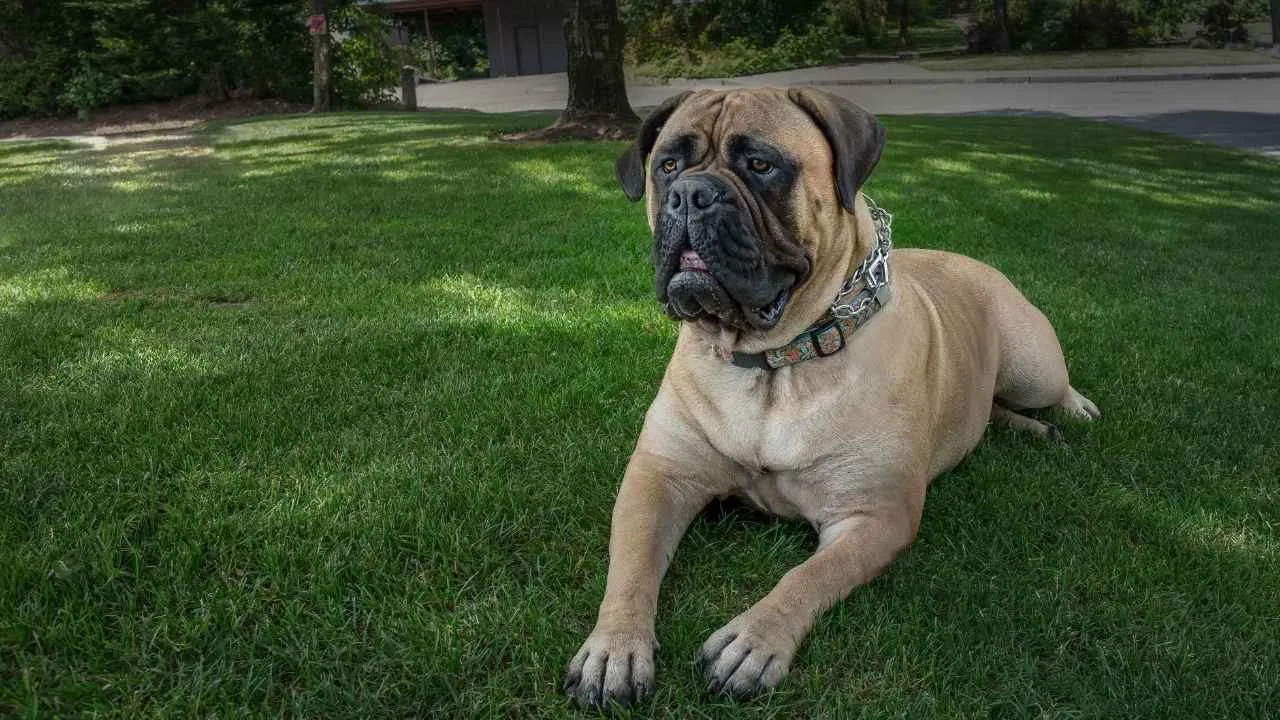
The Bullmastiff is a strong, quiet guardian originally developed in England to apprehend poachers. With a powerful frame and a naturally calm demeanor, this breed is known for silent vigilance over its territory.
Bullmastiffs are typically gentle with family but can become assertive when they sense a threat. Their size and strength require careful control. While not prone to biting, they will stand their ground and physically block or restrain perceived intruders.
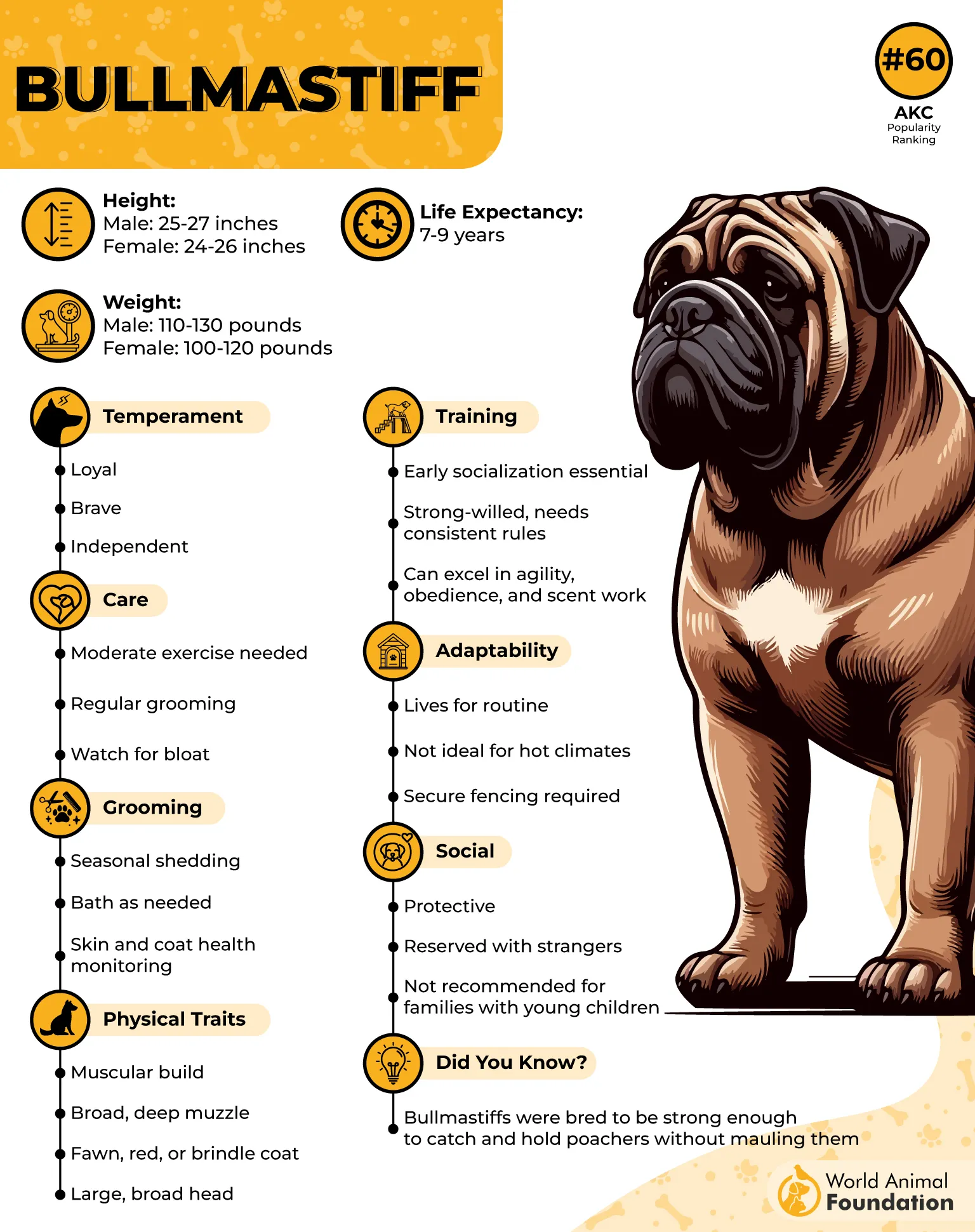
They are not outwardly aggressive without cause, but may show intolerance toward strange dogs or unexpected disruptions. Under socialized individuals can become overly wary or reactive.
Obedience training is essential from puppyhood. These dogs need boundaries, mental stimulation, and calm consistency. Harsh discipline often backfires by creating resistance.
Quick Tips
Begin leash and impulse control early
Socialize thoroughly during the first year
Avoid rough play or intimidation-based correction
Conclusion
Understanding which dog breeds are more prone to aggression isn’t about creating fear; it’s about promoting informed, responsible pet ownership. Aggressive behaviors can exist in both large and small dogs, purebreds and mixed breeds, and their causes are deeply rooted in factors like training, environment, and genetics, not just breed reputation.
Some breeds, particularly those with histories as guard dogs, hunting dogs, or fighting dogs, may display higher intensity behaviors when not properly trained or socialized. Breeds often labeled as aggressive, such as pit bulls, Rottweilers, or Akitas, can live peaceful, well-adjusted lives when given structure, exercise, and attention. Meanwhile, small dogs can also exhibit aggressive behavior, yet often receive less scrutiny due to their size.
Dog bite statistics and reports of fatal dog attacks should be interpreted in context. Many dog attacks involve owner behavior, neglect, or lack of supervision. No dog breed is inherently dangerous, but some do require a more experienced hand and commitment to training.
Whether considering aggressive breeds or choosing a family pet, remember that training and socialization, not fear or stereotypes, are the best ways to prevent dangerous behaviors and ensure every dog leads a healthy life alongside their human companions.


